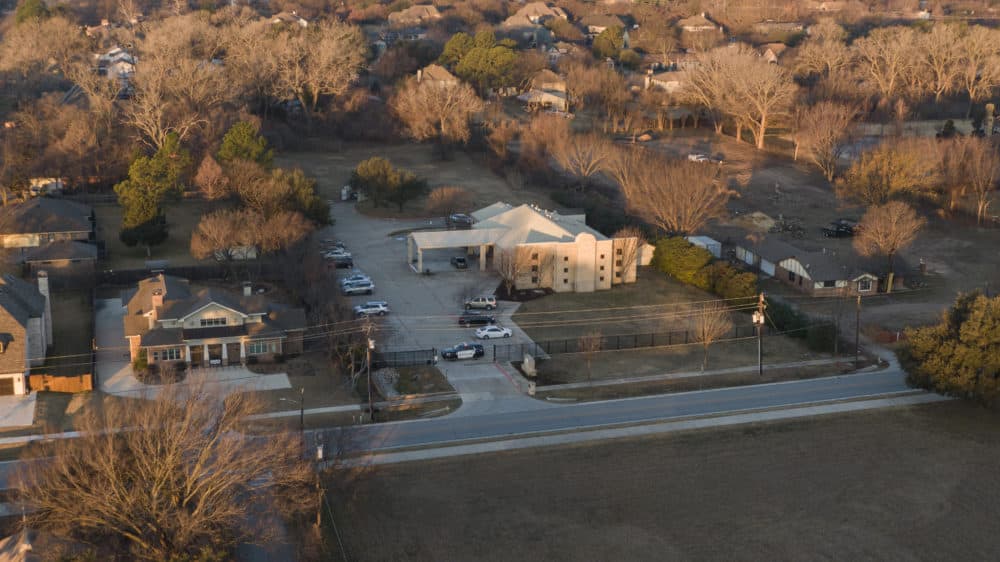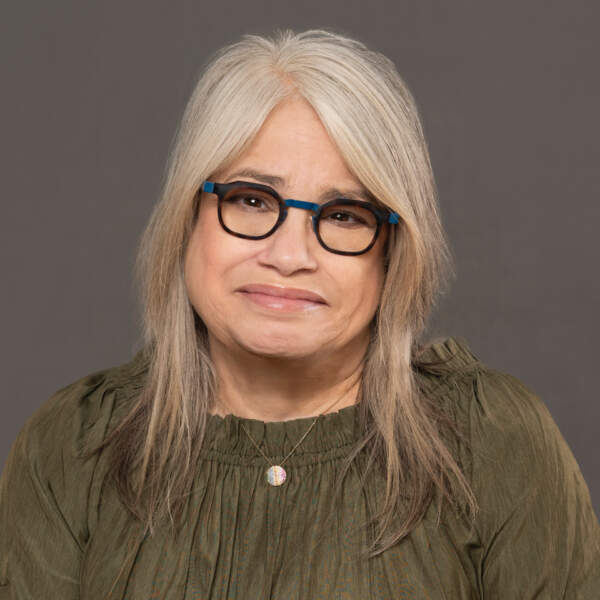Advertisement
Commentary
I'd never worn the Star of David. That changed in 2022

This is a fraught time to be a Jew in America.
According to the Anti-Defamation League, antisemitic incidents in the United States are at their highest since the organization began tracking such events in 1979.
I have mostly lived in a bubble, mostly untouched by antisemitism. But after the Colleyville hostage crisis, I decided to ally myself more publicly with my Jewish brothers and sisters. And so, I started wearing the universal symbol of Judaism, a Star of David.
I had never worn any religious jewelry before donning the star. When I attended an all-girls Catholic high school, I was the only Jew in my class. I was there for the single-sex education and a dare to my parents on how long I, who was Orthodox at the time, would last there. The nuns impressed me with their openness, allowing me to forego wearing the school patch — a patch with a cross inside of a crown — on my blazer.
It turns out that I loved my high school, I loved my classmates, and yes, I loved the wonderfully patient Sisters of Mercy. I felt so welcomed that I invited my rabbi to the school to participate in an ecumenical Thanksgiving celebration a year later. Yet, it never occurred to me to wear my religious symbol — the Star of David.
I am aware I would have been burned at the stake in a different century for refusing to wear a cross.
I am aware I would have been burned at the stake in a different century for refusing to wear a cross. I might have worn a cross on pain of death to fool Nazis into thinking I was a Christian. Just two decades before I was born, my fellow Jews in Europe were forced to sew yellow stars on their clothing.
The miracle of America, this beautiful incubator of democracy, is that we Jews have felt safe in our relatively newfound freedom perhaps for the first time in our history. All of that, though, may be changing.
Three decades ago, I monitored white supremacist groups for a Jewish civil rights organization. I thought of my job as fodder for a unique icebreaker at parties rather than as essential to national security. The hate rags that came across my desk were mimeographed sheets that stained my hands. It was the mid-80s and early 90s, and there was no social media presence perpetuating hate.
I kept an eye on extremists whom I mostly dismissed as crazy exceptions to the American way of life. I filed away my reports with the expectation they’d gather dust in an archive. However, over the years, my one-person job at the organization has morphed into a multi-person center dedicated to tracking and analyzing highly organized extremists who are viable threats to the country.
My sense of security as an American Jew has eroded in the ensuing years. After 9/11, the doors of my children’s Jewish day school were locked, and a security guard was the first person I saw when I picked them up. Given I once was tasked to pay attention to surges of hate crimes and antisemitism, an uneasiness lodges in me when I read about the latest statistics on the obvious rise of antisemitism in our country.
Then came the Tree of Life Synagogue murders in Pittsburgh in 2018, where a rifle-toting madman gunned down 11 people at a Sabbath service because they were Jews. It was the worst mass shooting of Jews in American history. In response, the doors of my synagogue were locked.
My sense of security as an American Jew has eroded ...
Yet in the spirit of welcoming Shabbat, the doors were purposely open for Sabbath services. The sober reality was that a local police officer and a phalanx of security guards patrolled the building’s perimeter and lobby. American Jewish life was relatively quiet until January, when a rabbi and three congregants were taken hostage in the small Texas town of Colleyville. For 11 hours on a Saturday, they were at the mercy of yet another hate-filled madman. The hostages escaped but not before a collective sense of Jewish wellbeing was again upended.
After Colleyville, it was urgent for me to be in solidarity with my Jewish sisters and brothers. The most obvious way: publicly identify as a Jew out in the world. So, I began to wear a Star of David on a chain.
When I shopped for my star, the salesperson looked concerned and asked me if I wanted to see something smaller. A friend said she worried that I wore a Jewish star so openly.
I worry, too, but concentrate on how the star invokes protection. In Hebrew, the star is called a Magen David — the shield of David. King David’s shield is prominent on the State of Israel’s flag. And in the Jewish state, its version of the Red Cross is called the Magen David Adom — the Red Star of David. The German-Jewish philosopher Franz Rosenzweig found existential meaning in the star’s two interlocking triangles. The corners of one triangle represent a mystical rendition of creation, revelation and redemption. The corners of the other triangle are stand-ins for man, the world and God.
The Star of David that was, at one time, King David’s shield, comes down to me through the millennia. I wear it to tell you I am a Jew.
